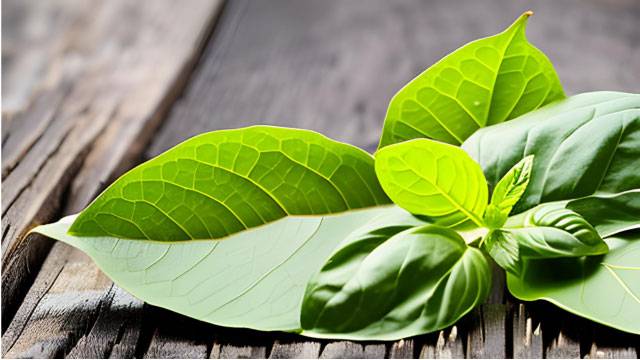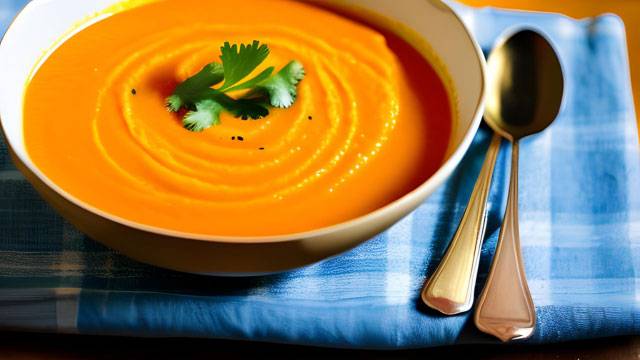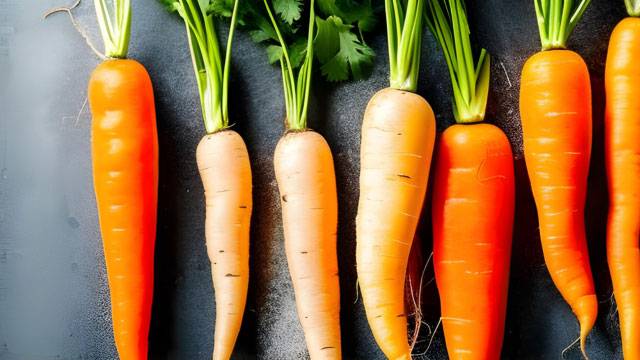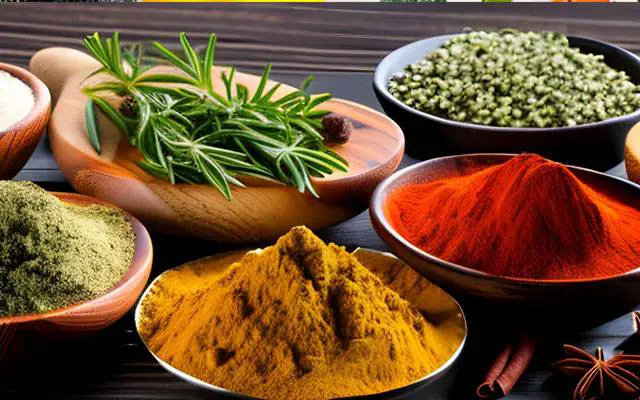
Welcome to our aromatic journey as we present an extensive list of herbs and spices for cooking. These herbs and spices not only add flavor and taste to our favorite dishes, but also offer many health benefits as well.
From widely used staples to lesser-known treasures, explore the rich world of herbs and spices that have been enchanting taste buds and captivating cultures for centuries.
This list of herbs and spices is a helpful guide to add taste to dishes, like for flavoring vegetables. This is a good way of adding more vegetables to your diet for healthier eating. For more information, click on – Ways To Add More Veggies To Your Diet
You might also be interested in – A List Of Herb and Spice Substitutes
Common Herbs And Spices List
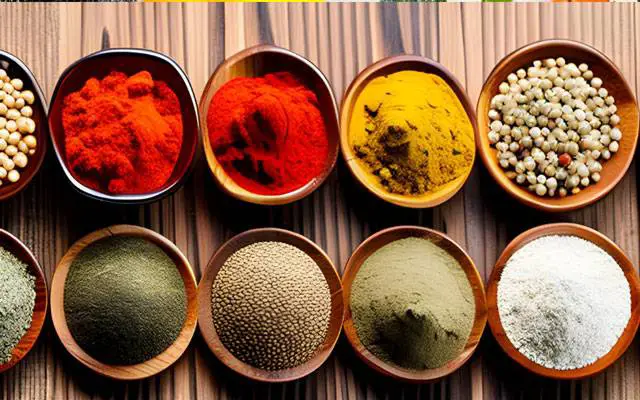
Here is a list of herbs and spices and what they are frequently used in cooking for. Some are popular in different countries but are lesser known in other areas.
- Allspice
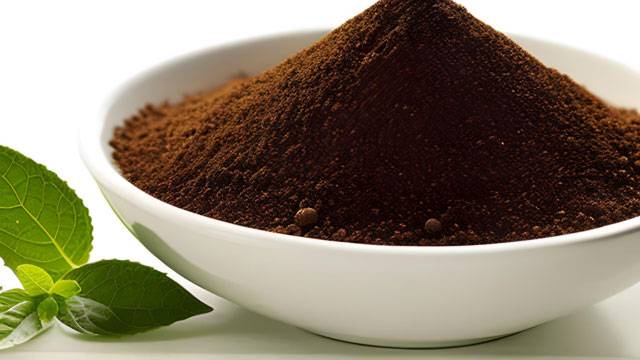
Known for its warm and aromatic flavor, allspice is commonly used in Caribbean and Middle Eastern dishes, adding depth to stews, curries, and marinades.
- Angelica
Its stems and seeds are often candied and used in confectioneries. Angelica leaves are employed in herbal teas and as a decorative herb in salads.
- Anise
With its distinct licorice-like taste, anise is a staple in sweet and savory dishes. It flavors desserts, liquors, and traditional Mediterranean dishes.
- Asafoetida
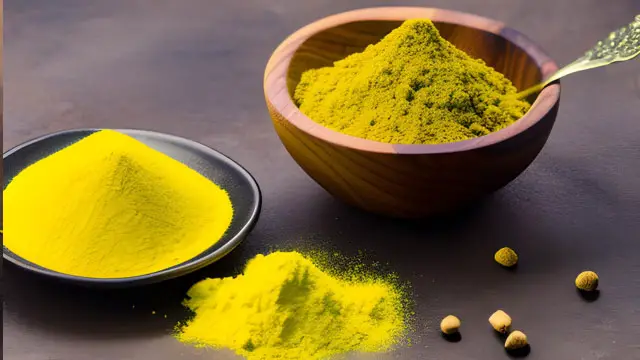
Frequently used in Indian cuisine, asafoetida lends a unique onion-garlic flavor to vegetarian dishes and lentil-based curries.
- Bay Leaf
The aromatic bay leaf infuses soups, stews, and sauces with a subtle, earthy flavor, commonly used in Mediterranean and Indian cuisines.
- Basil
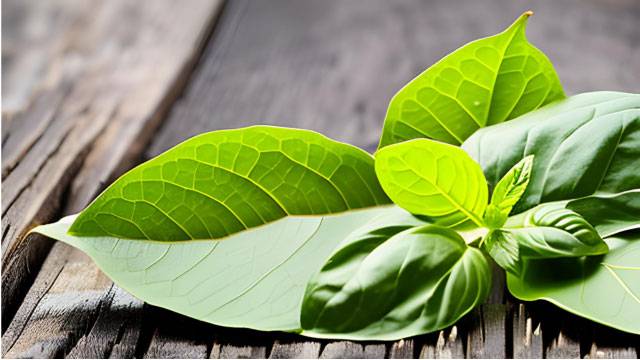
A classic herb in Italian cooking, basil brings a fresh, peppery taste to pasta dishes, salads, and pesto sauces.
- Bergamot
Known as “bee balm,” bergamot leaves add a citrusy, minty flavor to teas and salads.
- Black Cumin
Used in Indian and Middle Eastern cuisines, black cumin seeds are sprinkled over bread and added to spice blends for a nutty and slightly bitter taste.
- Black Mustard
Black mustard seeds are commonly used in Indian and Asian cooking, providing a pungent kick to pickles, curries, and spice blends.
- Black Pepper
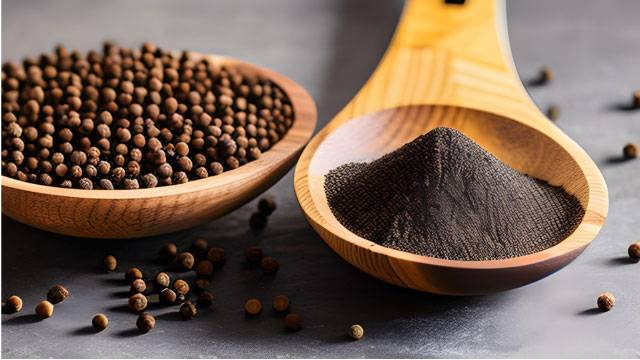
An essential spice worldwide, black pepper elevates virtually any dish, from savory to sweet, with its sharp and mildly spicy flavor.
- Borage
The delicate blue flowers are used to garnish salads and desserts, imparting a subtle cucumber-like taste.
- Brown Mustard
Brown mustard seeds are a key ingredient in various condiments and pickles, contributing a spicier kick compared to the yellow mustard variety.
- Burnet
The leaves of burnet are utilized in salads and soups for their mild, cucumber-like taste.
- Caraway
Popular in European cuisines, caraway seeds enhance the flavor of bread, sauerkraut, and hearty stews.
- Cardamom
This aromatic spice is widely used in Indian and Middle Eastern desserts, rice dishes, and chai tea for its sweet and slightly floral taste.
- Cassia
Similar to cinnamon, cassia is used in baking and spiced beverages, offering a warm and slightly spicy flavor.
- Catnip
Apart from its recreational use for cats, catnip leaves can be steeped in tea for a soothing and mild minty taste.
- Cayenne Pepper
This fiery spice adds heat to various dishes, sauces, and rubs, popular in Mexican and Southwestern cuisines. This is a popular spice on our list of herbs and spices.
- Celery Seed
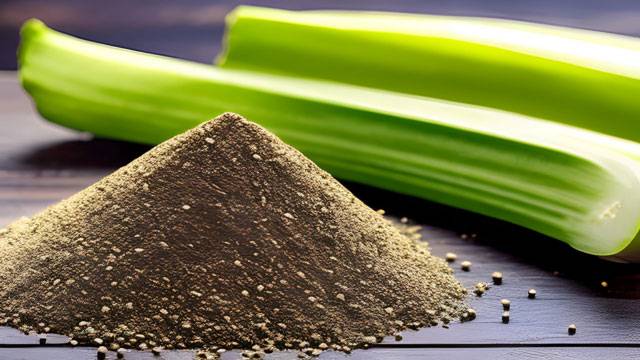
Celery seeds contribute a distinct celery flavor to coleslaw, potato salad, and pickles.
For information on celery salt, click on – Celery Salt Substitute
- Chervil
A delicate herb used to season egg dishes, soups, and salads, adding a subtle anise-like taste.
- Chicory
Chicory leaves add a slightly bitter note to salads and are often roasted and ground to create a caffeine-free coffee substitute.
- Chili Pepper
A cornerstone of global cuisines, chili peppers range from mild to fiery, adding intense heat and flavor to countless dishes, sauces, and salsas.
- Chives

These mild, onion-flavored leaves are often used as a garnish for salads, soups, and creamy sauces.
- Cicely
Known as “sweet cicely,” its anise-like seeds and leaves are employed to sweeten desserts, fruit dishes, and herbal teas.
- Cilantro
Common in Mexican and Asian cooking, cilantro leaves and stems infuse dishes with a fresh, citrusy taste, perfect for salsas and curries.
- Cinnamon
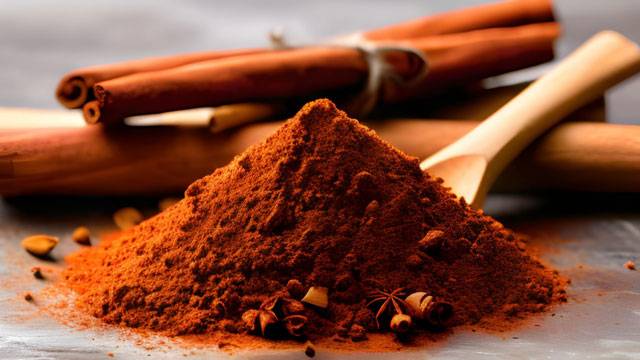
An aromatic and versatile spice, cinnamon elevates sweet treats, oatmeal, and savory dishes with its warm, comforting flavor.
- Clove
Cloves are used in baking, desserts, and spiced beverages, imparting a strong, sweet, and slightly bitter taste.
- Coriander
Derived from cilantro seeds, coriander offers a warm and fresh flavor to spice blends, pickles, and curries.
- Costmary
Costmary leaves, also known as “alecost,” are used in salads, soups, and sauces, providing a minty and balsamic touch.
- Cumin
A staple in Middle Eastern, Indian, and Mexican dishes, cumin seeds deliver a smoky and nutty flavor to rice, curries, and tacos.
- Curry
An iconic blend of various spices like coriander, cumin, turmeric, and fenugreek, curry powder is a cornerstone in Indian, Thai, and South Asian cuisines, providing a rich, hot and complex taste to curries and stews.
- Dill
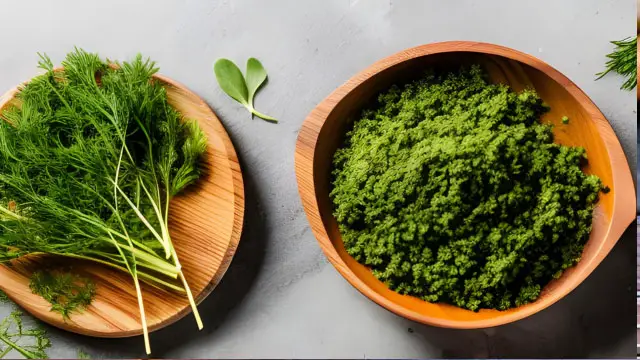
Dill leaves and seeds are widely used to flavor pickles, fish, and creamy sauces, offering a fresh, tangy taste.
- Fennel
Fennel seeds and leaves add a fresh anise-like flavor to sausages, seafood, and Mediterranean salads.
- Fenugreek
Fenugreek seeds are a crucial element in Indian curries and spice blends, providing a slightly bitter and nutty taste.
- Filé
A key ingredient in gumbo, filé powder thickens and imparts an earthy flavor to the iconic Creole dish.
- Ginger
Fresh or dried, ginger adds a zesty, slightly sweet taste to stir-fries, curries, and baked goods.
- Grains of Paradise
Also known as “alligator pepper,” these seeds offer a peppery and citrusy kick to spice blends and marinades.
- Holy Basil
Revered in Thai cuisine, holy basil leaves lend a peppery, clove-like flavor to curries and stir-fries.
- Horehound
Horehound is used to create herbal cough drops and teas due to its pleasantly bitter taste.
- Horseradish
A pungent root often grated and mixed with vinegar or cream, horseradish adds a sharp kick to sauces and roast meats.
- Hyssop
Hyssop leaves provide a minty, slightly bitter taste to salads, soups, and herbal teas.
- Lavender

Lavender flowers are a delightful addition to desserts, syrups, and beverages, imparting a fragrant, floral flavor.
- Lemon Balm
Known for its lemony scent, lemon balm leaves are used in teas, salads, and desserts for a refreshing touch.
- Lemon Grass
Widely used in Southeast Asian cuisine, lemon grass offers a citrusy, aromatic flavor to curries, soups, and marinades.
- Lemon Verbena
Lemon verbena leaves are prized for their intense lemon flavor, used in desserts, teas, and fruit salads.
- Licorice
Often used as a sweetener in herbal teas and candies, licorice root has a distinct anise-like taste.
- Lovage
Lovage leaves and stems add a savory, celery-like flavor to soups, stews, and salads.
- Mace
Derived from the outer covering of nutmeg, mace has a warm, aromatic taste, often used in baking and spice blends.
- Marjoram
A member of the oregano family, marjoram leaves enhance the flavor of roasted meats, vegetables, and tomato-based dishes.
- Nutmeg
Nutmeg, whether ground or grated, adds a sweet and nutty taste to baked goods, creamy sauces, and hot beverages.
- Oregano
A staple in Italian and Mediterranean cooking, oregano leaves bring a robust, slightly bitter flavor to pizzas, pasta dishes, and salads.
- Paprika
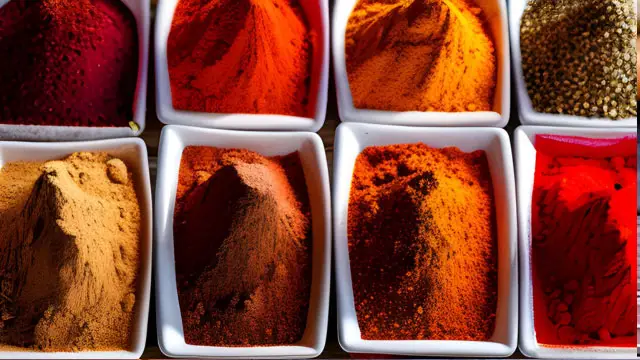
This vibrant spice comes in various forms and heat levels, adding a sweet and smoky taste to dishes like goulash and Spanish rice.
You might be interested in this article – Sweet Paprika Substitute
- Parsley
A versatile herb, parsley leaves are used as a garnish and flavor enhancer in a wide range of dishes, from soups to grilled meats.
- Peppermint
Peppermint leaves are used to make soothing herbal teas and enhance the flavor of desserts and cocktails.
- Poppy Seed
Poppy seeds are sprinkled over baked goods and salads, lending a nutty taste and crunchy texture.
- Rosemary
A robust and aromatic herb, rosemary leaves are used in roasts, marinades, and bread recipes.
- Rue
Rue leaves are employed sparingly due to their intense bitterness, adding a unique flavor to Mediterranean dishes.
- Saffron
As one of the most expensive spices, saffron threads color and flavor dishes like paella and risotto with a distinctive floral taste.
- Sage
Sage leaves infuse stuffing, meat dishes, and sauces with a warm, earthy flavor, popular in Mediterranean cuisine.
- Savory
Both summer and winter savory are used to season beans, stews, and sausages, offering a peppery and slightly bitter taste.
- Sesame Seeds
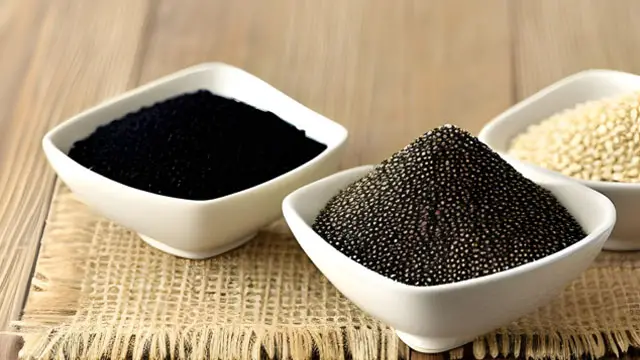
Sesame seeds are a common topping for bread and Asian dishes, providing a nutty and slightly sweet flavor. You can get both white and black sesame seeds.
- Sorrel
Sorrel leaves add a tart, lemony taste to salads, soups, and sauces, commonly used in French cuisine.
- Star Anise
This star-shaped spice imparts a licorice-like flavor to Asian dishes, especially in braised meats and soups.
- Spearmint
With a milder taste than peppermint, spearmint leaves are used in beverages, salads, and desserts.
- Tarragon
Tarragon leaves have a distinct anise flavor, elevating chicken dishes, sauces, and vinegar infusions.
- Thyme
A versatile herb, thyme enhances the taste of roasted meats, vegetables, and soups, providing a warm and earthy flavor.
- Turmeric

Known for its vibrant yellow color, turmeric is used in curries, rice dishes, and smoothies, imparting a warm and slightly bitter taste.
- Vanilla
Vanilla pods or extract enrich desserts, beverages, and sauces with a sweet and fragrant flavor.
- Wasabi
Often served with sushi, wasabi adds a pungent and fiery kick to various dishes and dipping sauces.
- White Mustard
White mustard seeds are used to make traditional mustard condiments, providing a milder taste compared to the black and brown varieties.
Conclusion
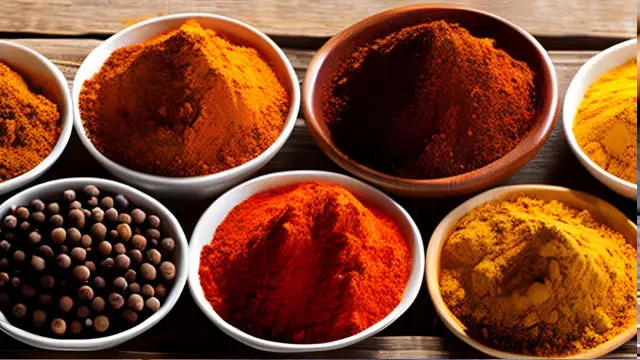
From savory to sweet, each herb and spice in this comprehensive list brings its unique flavor profile to countless culinary creations.
Whether you’re exploring new cuisines or adding depth to familiar dishes, our list of herbs and spices are sure to tantalize your taste buds and elevate your cooking experience.
Embark on a flavorful adventure and savor the rich tapestry of herbs and spices that have delighted palates throughout the ages.
Other Articles You Might Be Interested In
What Are The Top Grocery Stores In America?
Where Is Trader Joe’s Located?

